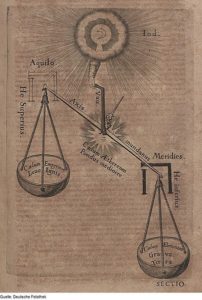
Most leaders know that diversity and inclusion go hand-in-hand. But like many concepts in the business world, “diversity and inclusion” has become a buzzword phrase, something that we speak of frequently but may not fully understand.
In a talk at the AppNexus Women’s Leadership Forum in 2015, diversity consultant Vernā Myers brilliantly described the difference between diversity and inclusion: “Diversity is being invited to the party,” she said. “Inclusion is being asked to dance.”
Diversity initiatives strive to broaden the makeup of the workforce, establishing hiring practices that embrace people of color, women, LGBT folks, people without a traditional education and more. But what happens after the hiring process? It’s one thing to get your foot in the door; it’s another thing entirely to feel like you belong.
A recent Deloitte study finds that that 71% of organizations aspire toward an inclusive culture, and yet only 12% are successful in meeting that goal. So why is inclusion so hard?
Inclusion is key to the growth and development of a diverse workforce. When employees feel excluded – when their ideas are not valued, when their needs are neglected, when they are not given a platform to demonstrate their unique contributions – diverse perspectives are silenced. If we want women and people of color to thrive in the workplace, it is crucial that companies provide a robust mechanism for inclusion.

Theosophie & Philosophie & Judentum & Kabbala, Robert Fludd, 1621, [Public Domain] via Wikimedia Commons
“[This is] an area where you can practice with no penalties. That’s really the value of it is saying, ‘Guess what, guys? For the next hour, you are all equal. You are all equal in this discussion.’ It doesn’t matter whether you are a grade 7 or a grade 17. Everyone has the same amount of knowledge coming into this. That’s huge.”
And when we give employees a platform to demonstrate their worth and their perspective, the discussion flows freely. “I was just really impressed at how involved everybody wanted to be in the conversation,” one Books@Work participant noted. “I wasn’t sure if people would actually talk and share their opinions, but almost everybody had something to share.” It’s rare that every employee in the room feels comfortable speaking up. A literary text that has nothing to do with work – and everything to do with being human – empowers people to share their stories and learn from each other.
It also encourages discussions about diversity that usually don’t happen at work. “I think we really do touch on some very sensitive things at times – racial issues, religious issues – and they’re brought up in a way that we can have this open discussion in a safe environment,” a participant in a cross-functional, cross-hierarchical program at a manufacturer said. “What you’re getting is this human piece, the human interactive piece. Actually being able to confront things that you weren’t going to confront any other way.” Conversations about race and gender and difference don’t have to be undiscussable at work. In fact, addressing them head on in a casual and safe context can make for productive conversations and an open, welcoming work environment.
Inclusion requires social connection. If we don’t have the opportunity to interact in a meaningful way with all of our colleagues, it’s impossible to build an authentic sense of community and belonging. That’s the kind of workplace we should all strive for. We can invite as many people to the dance as we want, but the best parties happen when everyone is out on the dance floor.
Image: Dance (II), Henri Matisse, 1910, Hermitage Museum, Saint Petersburg, Russia, [Public Domain] via WikiArt.org
Learn More About Our Programs or Read More on The Notebook
